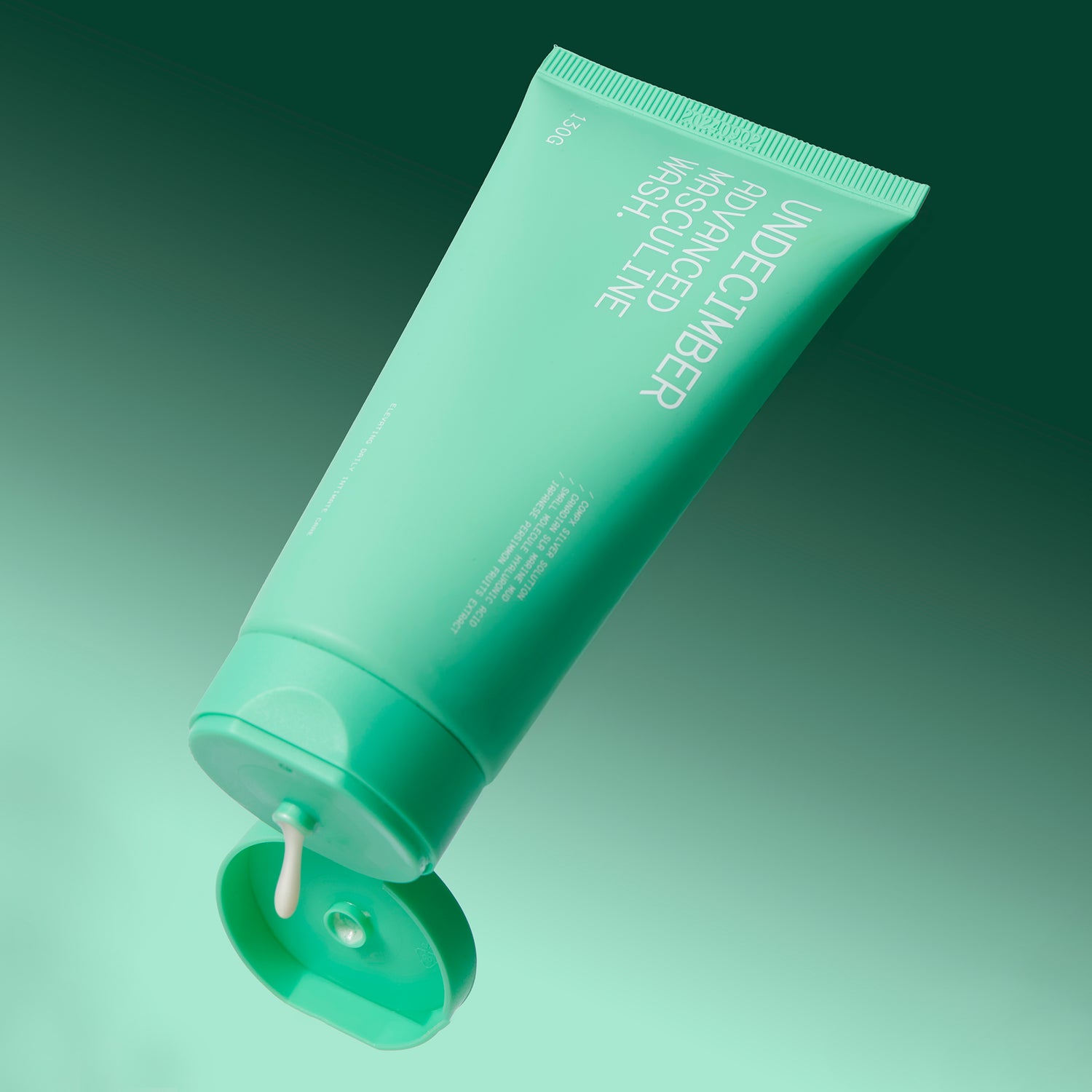
You Are What You Eat: Thai Cuisine
You Are What You Eat: Is Your Thai Takeout Affecting Your Body Odor and Skin Comfort?
The old saying is absolutely true: You are what you eat, and this profoundly affects your comfort and scent. The complex, vibrant flavors of your favorite Thai dish don't just affect your digestion; they directly influence your internal chemistry and skin secretions. Understanding this systemic link is the key to lasting personal comfort.
The Science of Sensitivity: The Gut-Skin Axis
Your skin is the body's largest organ, acting as a highly sensitive active warning system. The core scientific connection here is the Gut-Skin Axis. Think of your gut as the central control for your body's microbial environment.
When your diet creates an imbalance in your gut, the effects travel directly. This shift in internal chemistry affects the metabolites your body produces and releases through sweat and secretions, often leading to changes in body odor or skin sensitivity.
- When your gut is happy and balanced, your systemic comfort benefits.
- When your diet creates an imbalance, those effects travel directly, contributing to the accumulation of odorous compounds.
The Systemic Link: An imbalanced diet can directly interfere with the delicate microbial environment and body chemistry. This is a systemic issue, not just a localized one; what you digest influences what your body secretes.
Thai Cuisine: The Flavorful Balance of Friend and Foe
Thai food ingredients perfectly illustrate the fine line between nourishment and systemic disruption.
The Friends: Anti-Inflammatory Power
These ingredients are packed with compounds that support a balanced internal environment:
- Lime and Lemongrass: Excellent sources of antioxidants and Vitamin C, known to help reduce systemic inflammation
- Fibre-Rich Veggies: These provide the prebiotics—the essential food, your beneficial gut bacteria need to thrive.
- Ginger and Turmeric: These common Thai spices contain powerful compounds (like curcumin) known for their anti-inflammatory and gut-soothing properties.
The Foes: The Odor Connection
The challenge comes from heavily flavored, fermented ingredients that can be absorbed and released by your body's secretory systems:
- Fermented Fish & Pungent Seafood: Ingredients like Nam Pla (fish sauce) and Pla Raa contain high levels of compounds called biogenic amines. These are absorbed into your bloodstream and can be released through sweat and secretions, causing a noticeable, temporary shift in body odor.
- High-Sulphur Proteins: Found in some grilled meats and seafood, these proteins break down into sulphur compounds that naturally contribute to stronger body odors as they are metabolized and released.
- Excessive Sugar: Found in many popular Thai sauces (e.g., Pad Thai, sweet curries). Sugar can feed undesirable yeast and bacteria in the gut, upsetting the delicate microbial balance.
The Solution: Comfort From the Inside Out
Since your body comfort is directly linked to systemic changes, control requires a two-part, holistic approach:
- Internal Care (Diet): Focus on clean, whole foods and moderate your intake of strong, heavily fermented, and high-histamine ingredients. Pay attention to how your body reacts the day after a very pungent or sugary meal. Prioritize hydration to help flush odor-contributing metabolites more efficiently.
- External Care (Routine): Support your body's systems with a mindful routine. Use a specialized, pH balanced cleanser that is gentle on sensitive skin areas and helps wash away odor-causing metabolites without stripping your body’s natural defenses.
By understanding the direct science behind the food and body-comfort connection and adjusting your nourishment, you take proactive control of your well-being
Ruiz, F. F., Huidobro, F. J., & Rivas, I. (2018). Biogenic amines in food and their implications for human health. International Review of Food Science and Technology, 34(2), 1–17.
Tachedjian, G., Aldunate, M., Bradshaw, C. S., & Roach, R. J. (2017). The role of Lactobacillus spp. and host factors in the pathogenesis of bacterial vaginosis. Clinical Microbiology Reviews, 30(2), 517–550. https://doi.org/10.1128/CMR.00087-16
Yeoman, C. J., [Et al.] (2015). Vaginal biogenic amines: biomarkers of bacterial vaginosis or precursors to vaginal dysbiosis? Translational Research, 166(5), 450–459.
